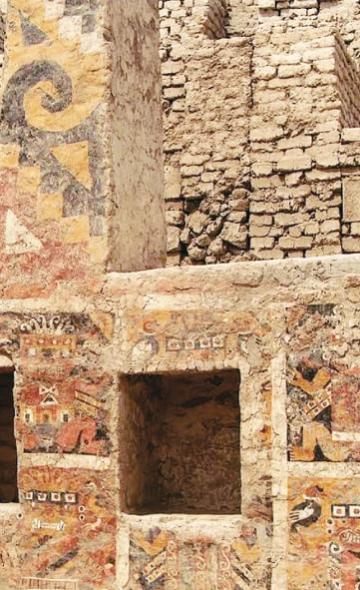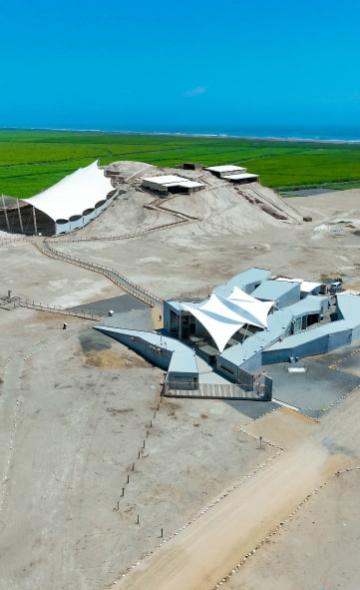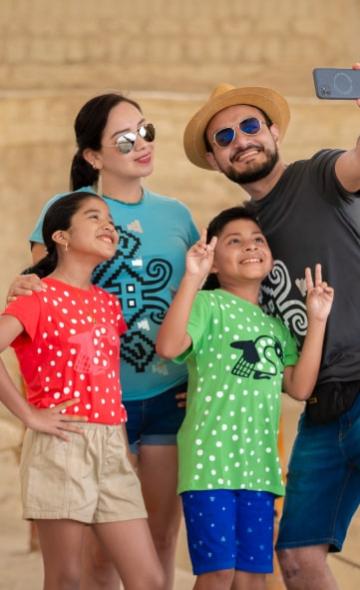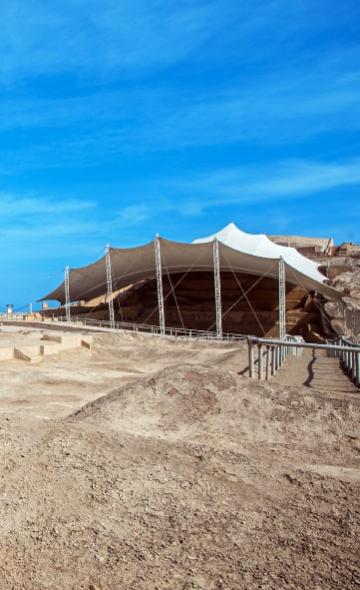- Visitors
- Researchers
- Students
- Community
- Information for the tourist
- Hours and fees
- How to get?
- Visitor Regulations
- Virtual tours
- Classic route
- Mystical route
- Specialized route
- Site museum
- Know the town
- Cultural Spaces
- Cao Museum
- Huaca Cao Viejo
- Huaca Prieta
- Huaca Cortada
- Ceremonial Well
- Walls
- Play at home
- Puzzle
- Trivia
- Memorize
- Crosswords
- Alphabet soup
- Crafts
- Pac-Man Moche
- Workshops and Inventory
- Micro-workshops
- Collections inventory
- News
- Visitors
- Frequently Asked Questions about the El Brujo Archaeological Complex
News
CategoriesSelect the category you want to see:
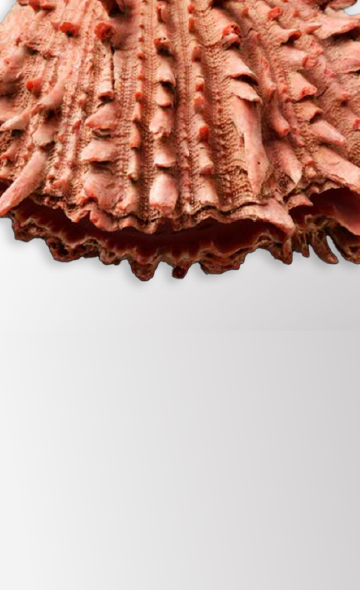
The Use of Spondylus Shells in Moche Ceremonial Contexts: Why Were They Symbols of Status and Wealth? ...
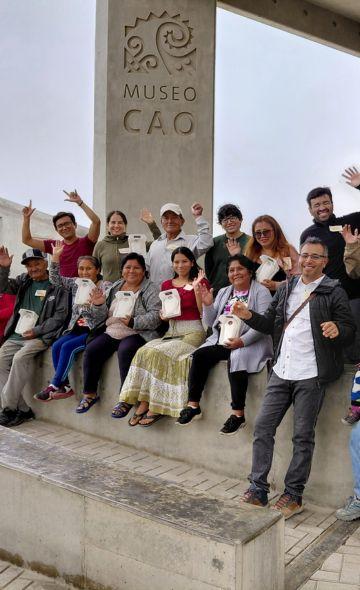
El Brujo Celebrated International Museum Day with Its Community: A Day of Encounter and Cultural Co-Creation ...
To receive new news.
Por: Complejo Arqueológico El Brujo
The El Brujo Archaeological Complex contains very well-preserved Mochica archaeological sites on the northern coast of Peru. In this post, we wish to answer your frequently asked questions about this place, so that you can enjoy it even more on your next visit. Join us on this tour!
Does El Brujo belong to the Mochica culture? or What culture does El Brujo belong to?
El Brujo contains monumental evidence of Mochica culture. Although this archaeological complex has been home to different human occupations throughout Peru's history, the Mochica culture stands out as one of the most prominent cultural groups in El Brujo for having built a large, monumental complex within the site, building huacas of great volume.
A notable example of the importance of the Mochica culture in this place is the discovery of the tomb of the Lady of Cao in 2004. This finding has been the object of intense research and has shed light on the role of women in Mochica society, as well as on the richness and complexity of this culture in El Brujo.
What are the Huacas comprised in the El Brujo Archaeological Complex?
The El Brujo Archaeological Complex comprises three huacas: Huaca Cao Viejo, known for its impressive high reliefs that reveal Mochica rituals, and where the tomb of the Lady of Cao was found in 2004, a key find for understanding the Mochica culture. The second is Huaca Cortada, which stands out for the gashes that can be seen on its southern front, which date back more than one century and give it its name. Finally, there is Huaca Prieta, a pre-ceramic mound with a very long history prior to 1800 B.C. in the southern zone of the El Brujo Archaeological Complex. Each of these huacas contributes a unique piece to the archaeological puzzle of El Brujo, revealing significant aspects of the region's history and culture.
Where is the El Brujo archaeological complex located?
The El Brujo Archaeological Complex is located on the northern coast of Peru. Specifically, it is located in the valley of the Chicama River, in the district of Magdalena de Cao, province of Ascope, department of La Libertad, about 60 km north of the city of Trujillo.
What is the significance of the El Brujo Archaeological Complex?
The El Brujo Archaeological Complex has invaluable historical and cultural significance. This place has been witness to the settlement of various cultures over the centuries, leaving an indelible trace on history. The complex is a silent testimony to the development of societies in the region and provides crucial information about their economic and ritual activities over time.
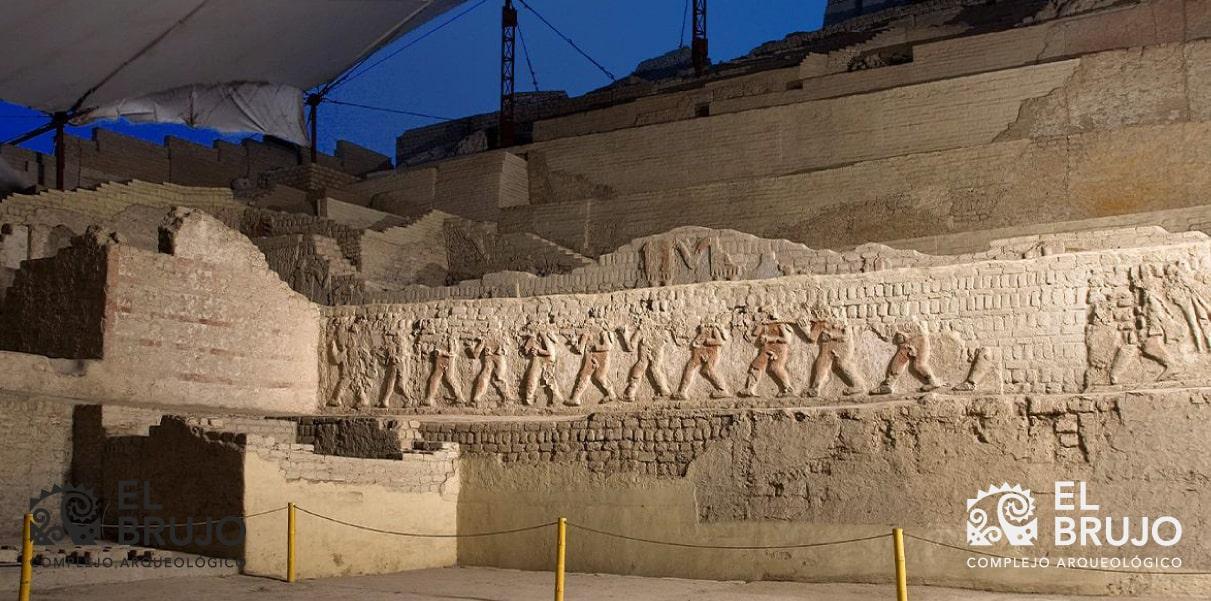
What is the relevance of the El Brujo Archaeological Complex?
The El Brujo Archaeological Complex is one of the most important archaeological sites on the northern coast of Peru. In addition to its historical significance, it stands out because a transcendental discovery was made here in 2004: the tomb of the Lady of Cao. This find sheds light on the role of women in Mochica culture and has been a milestone in Peruvian and Latin American archaeology.
How old is the El Brujo Archaeological Complex?
The El Brujo Archaeological Complex has an age that spans a vast period of Peruvian history. The oldest evidence of occupation at El Brujo dates back to around 12,000 B.C.
What is the cost to enter El Brujo?
The entrance fee to the El Brujo Archaeological Complex varies according to the category of visitors:
• Local or foreign adults: S/10.00.
• People over 60 years of age, military and teachers: S/5.00.
• Higher-education students and retirees: S/5.00.
• Children and schoolchildren: S/1.00.
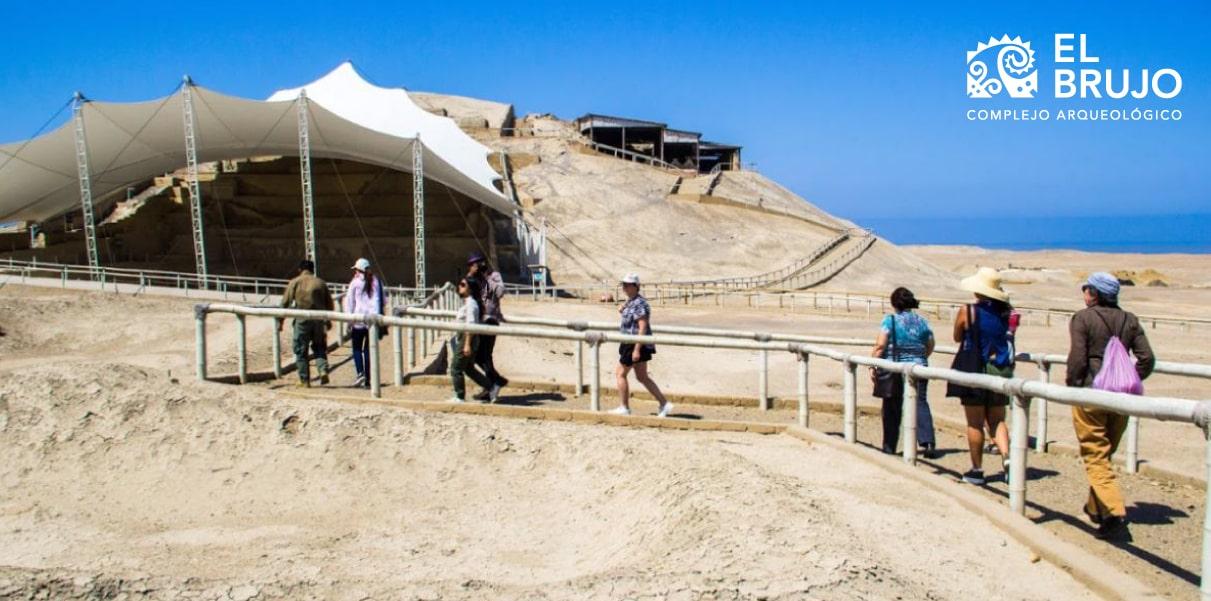
The resort is open every day of the year, except December 25 and January 1. Visiting hours are Monday through Sunday, from 9 a.m. to 4 p.m. It is important to point out that people with disabilities can enter FREE OF CHARGE.
Visit the El Brujo Archaeological Complex and discover the historical and cultural richness of Peru. Here, the huacas tell stories of past civilizations, and the tomb of the Lady of Cao is a unique testament to life in the Mochica culture.
We hope you found this information useful and that you will enjoy your visit to El Brujo. Join us on this journey through time and culture!
Visitors , outstanding news


